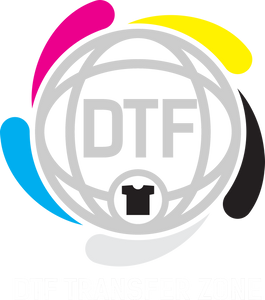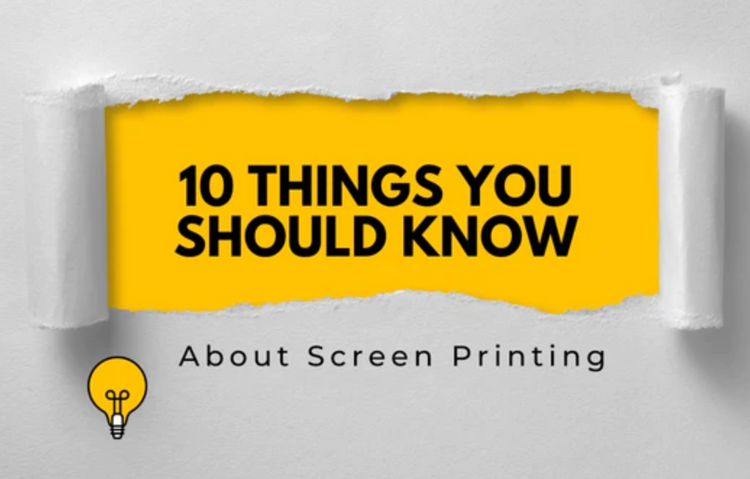Are you unsure of which decoration method is best for your garments? Here are 10 things you should know about the screen printing process.
- Screen printing is used for printing on a wide variety of substances such as balloons, decals, clothing, glass, plastic, CDs, and DVDs.
-
This diversity in printing applications is due to the ability of the screen printing process to produce bold colors. However, screen printing works best for solid graphics that do not have small details because making the stencils for detailed designs is time consuming and difficult to ensure that the details will appear as desired.
-
Because each color is applied separately, screen printing is often used primarily for designs with few colors. Screen printing businesses often limit the number of colors accepted in each design and, often, no more than 9 colors are allowed.
-
Quality screen printing requires specialty training, practice, and experience.
-
The ink formulations used in screen printing allow images to bond with the wide variety of substances indicated above. Some of the inks are plastisol inks and don’t biodegrade.
-
The screens used in modern-day screen printing are typically comprised of materials such as polyester monofilament. A special screen has to be made for each element of the design. Once that is completed, the elements and colors in the design are applied, layer by layer, onto the product. The more layers in the design, the longer the process will take and the thicker the end design will feel on the product.
-
Screen printing utilizes a frame over which the screen material is stretched. Special equipment is used to stretch the screen evenly across the frame at a specific tension and angle. Accuracy in this step of the process is critical.
-
The extensive set-up time is a primary reason why screen printing is typically used to print items in bulk. It isn’t cost effective to print only a single item if it takes an hour or more to create the stencil for the design.
-
A mixture is applied to the screen once it has been correctly stretched. This process requires practice and experience in order to achieve the best results.
- A squeegee blade is used (whether automated or manually) to spread the ink consistently.
As you can see, screen printing requires a higher level of technical expertise. With very large orders, screen printing can be a superior decorating method, especially if the color count is low. However, if you need more flexibility, easy storage, less waste, and a fast and easy application process, you should definitely consider DTF transfers.
With the DTF transfer process, you can more easily accommodate printing tasks that vary from single images to hundreds of that single image. The DTF process does not require a high level of skill, a lengthy training process, or a clean-up of equipment or workspace, as is necessary with screen printing. DTF transfers are easy to store, using an organization system that allows quick access, rather than the storage requirements for frames, inks, and clean-up materials required in screen printing. Perhaps most importantly, a solo operator, whether a hobbyist or a small business owner, can produce quality products using DTF transfers in a modest workspace, compared to the larger space required for screen printing, equipment storage, and clean up.

